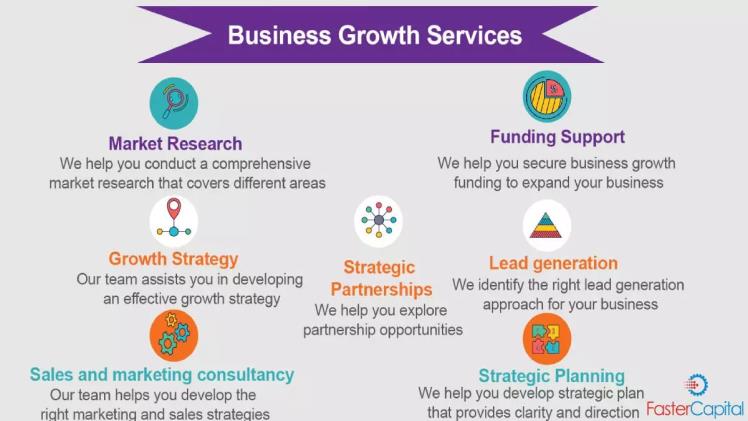Why Your Best Devs and Your Business Team Still Don’t Speak the Same Language (And How ITIL Fixes It)
You know that feeling in a meeting when a brilliant idea dies?
It starts with a spark. Your marketing lead is on fire, mapping out a new app feature. It’s simple, it’s smart, and everyone in the room can feel it—this is a game-changer.
Then, all eyes turn to the head of development. She’s been listening, doodling in her notebook. She takes a breath and says, “I love the concept. But the API we’re using can’t support that. To make it work, we’d have to build a new service from scratch, which touches our legacy database. It’s doable, but it’s not a quick win. We’re looking at a full quarter of work, realistically.”
And just like that, the air goes out of the room. The marketing team hears, “It’s impossible.” The dev team feels like they’re the bad guys for pointing out the plumbing problems.
This isn’t a sign of bad blood or a lack of talent. It’s a language problem. Your company is full of smart people trying to do good work, but they’re working from different playbooks. The result is a constant, low-grade frustration that wears people down and leads to projects that are just… okay.
How do you fix this? Not with more meetings or another piece of software. You need a translator. For modern teams, that translator is the ITIL Training.
So, Why Can’t We All Just Get Along?
Before we get to the solution, let’s be honest about why this communication gap exists. It’s not personal; it’s professional.
- You See the Destination, They See the Potholes. Your business folks are paid to see the future. They’re focused on where the company needs to go to win. Your tech folks are paid to see the road. They know where every pothole, weak bridge, and dangerous curve is. Both views are critical, but they’re looking at the same journey from completely different angles.
- The Wall of Jargon. Every team has its own slang. Business talks about “synergy” and “moving the needle.” Tech talks about “APIs” and “sprint velocity.” This shorthand is efficient for insiders, but to everyone else, it’s a wall that says, “You don’t belong here.”
- The IT Black Hole. For many, the tech department works like a black hole. A request goes in, and… silence. Weeks later, something comes out the other side. The journey in between—the clever problem-solving, the late nights, the tough choices—is a total mystery. This lack of visibility doesn’t just cause delays; it kills trust.
We’ve all tried to patch this with weekly check-ins and shared documents. But those are just bandaids. To truly fix the problem, you have to teach everyone to speak the same language.
ITIL: A Common-Sense Guide for How Work Gets Done
Forget any old ideas you have about ITIL being a stuffy, corporate rulebook. Today’s ITIL 4 is a flexible guide built for how teams actually work now—fast, collaboratively, and with constant change. Think of it less as a set of rules and more as a shared vocabulary for talking about work.
At its heart, ITIL Service Management is about one simple idea: everything we do should help someone. It gives everyone in the organization, from the intern to the CEO, a clear way to see how their work connects to the customer.
So, what does that actually mean for your team on a Tuesday morning?
It Starts with a Better Question
The most powerful shift ITIL introduces is changing the first question you ask. Instead of “What are we building?” you start with, “Who are we helping?”
This simple change reframes everything. Your developers aren’t just “coding a new dashboard.” They are “giving the sales team a tool that saves them an hour a day on reporting, so they can spend more time with customers.” When the work has a clear, human purpose, everyone is more motivated to solve the problems together.
A Simple Map for a Complicated Journey
ITIL gives you a map—it calls it the Service Value Chain—that shows how a good idea becomes a real thing that people can use.
It’s not a rigid, step-by-step process. It’s a simple visual that helps everyone understand the journey. For the business team, this map finally shines a light into the black hole. They can see the path and appreciate the work involved. For the tech team, it provides the “why” behind their tasks, connecting their code to a real person’s experience.
Practical Ways to Actually Work Together
The ITIL Framework also offers simple, everyday habits that break down walls:
- Your Service Desk Becomes Your Translators: In an ITIL-minded company, the service desk isn’t just for fixing laptops. They are expert communicators, trained to understand a business problem and translate it into a clear, actionable request for the right technical team.
- Tech Gets a Seat at the Table, Early: ITIL encourages “Relationship Management.” This is a fancy term for a simple idea: make sure your tech leaders are partners in the business, not just order-takers. They get involved in planning from day one, so there are no surprises.
- Getting Better, Not Blaming: A culture of “Continual Improvement” is central to ITIL. Instead of waiting for a project to fail and then having a meeting about whose fault it was, teams are always looking for small, painless ways to make their collaboration smoother.
Learning the Language Together
Understanding these ideas is a great first step. But making them second nature requires a shared experience. This is where professional training can be a game-changer.
An ITIL 4 Certification isn’t just a credential; it’s proof that someone speaks the language of value. When you invest in ITIL Training for your people—and not just your tech people—you give them a common ground to stand on.
Stop Talking Past Each Other. Start Building Together.
That gap between your business and tech teams isn’t a sign you have the wrong people. It’s a sign that your company is ready for a better way to work. You have the talent. You have the ambition. You just need a common language to connect them.
By embracing the ideas behind ITIL Service Management, you’re not just adopting a new process. You’re building a healthier, more collaborative culture. A culture where technology is a creative partner, not a mysterious roadblock, and where everyone is united by a single, clear mission: to deliver something great for your customers.







